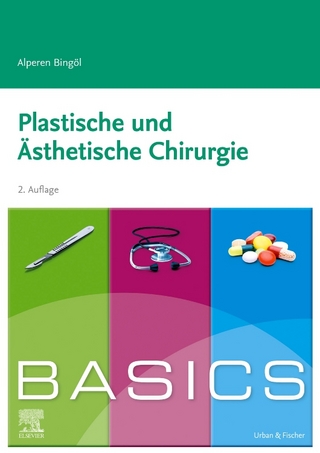
Comprehensive Management of the Upper-Limb Amputee
Springer-Verlag New York Inc.
978-0-387-96779-0 (ISBN)
- Titel ist leider vergriffen;
keine Neuauflage - Artikel merken
" This program provided the opportunity for surgeons, physiatrists, engineers, prosthetists, social workers, psychologists, occupational therapists, and physical therapists from the United States and Canada to discuss their extensive experience in working with upper- extremity amputees. A second conference continuing the discussion of upper- limb amputee rehabilitation was held one year later.
1 Amputation Levels and Surgical Techniques.- 2 Postoperative and Preprosthetic Therapy Programs.- 3 Evaluation of and Planning for Acquired Upper-Limb Amputee Rehabilitation.- 4 Surgical Reconstruction of the Amputated Arm.- 5 Body-Powered Upper-Limb Components.- 6 Adult Upper-Limb Prosthetic Training.- 7 Adult Myoelectric Upper-Limb Prosthetic Training.- 8 The Painful Residual Limb: Treatment Strategies.- 9 Surgical Options for Brachial Plexus and Stroke Patients.- 10 Evaluation of the Pediatric Amputee.- 11 Upper-Limb Prosthetic Components for Children and Teenagers.- 12 Electric Pediatric and Adult Prosthetic Components.- 13 Developmental Approach to Pediatric Prosthetic Evaluation and Training.- 14 Functional Skills in Multiple Limb Anomalies.- 15 Psychological Adaptation to Limb Loss.- 16 Biomedical Engineering in Upper-Limb Prosthetics.- 17 The Toronto Experience with Pediatric Myoelectric Training.- 18 Experience with the Utah Arm, Hand, and Terminal Device.- 19 Use of the Boston Elbow for High-Level Amputees.- 20 The New York Electric Elbow, The New York Prehension Actuator, and the NU-VA Synergetic Prehensor.- 21 Upper-Limb Amputees: Swedish Experiences Concerning Children.- 22 The Heidelberg Experience.
| Zusatzinfo | biography |
|---|---|
| Verlagsort | New York, NY |
| Sprache | englisch |
| Gewicht | 780 g |
| Themenwelt | Medizin / Pharmazie ► Gesundheitsfachberufe |
| Medizinische Fachgebiete ► Chirurgie ► Ästhetische und Plastische Chirurgie | |
| Medizinische Fachgebiete ► Chirurgie ► Unfallchirurgie / Orthopädie | |
| Medizin / Pharmazie ► Physiotherapie / Ergotherapie ► Orthopädie | |
| Medizin / Pharmazie ► Physiotherapie / Ergotherapie ► Rehabilitation | |
| Technik ► Medizintechnik | |
| ISBN-10 | 0-387-96779-6 / 0387967796 |
| ISBN-13 | 978-0-387-96779-0 / 9780387967790 |
| Zustand | Neuware |
| Informationen gemäß Produktsicherheitsverordnung (GPSR) | |
| Haben Sie eine Frage zum Produkt? |
aus dem Bereich


